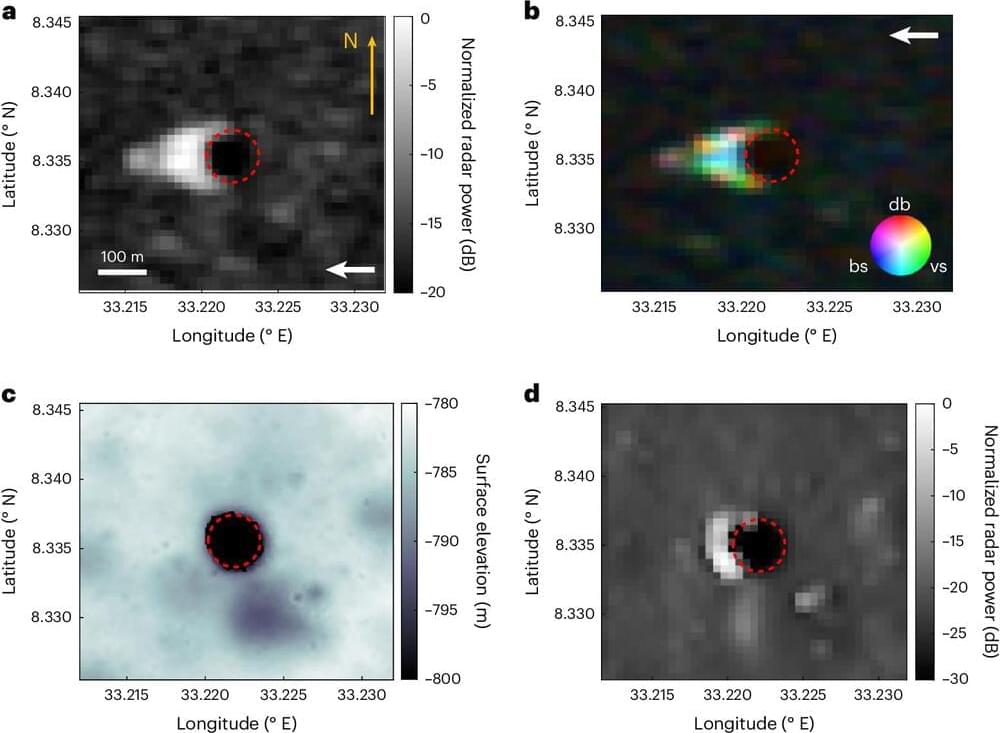Various forms of hopping robots have crept into development for use in different space exploration missions. We’ve reported on their use on asteroids and even our own moon. But a study funded by NASA’s Institute for Advanced Concepts (NIAC) in 2018 planned a mission to a type of world where hopping may not be as noticeable an advantage—Europa.
Category: space – Page 206
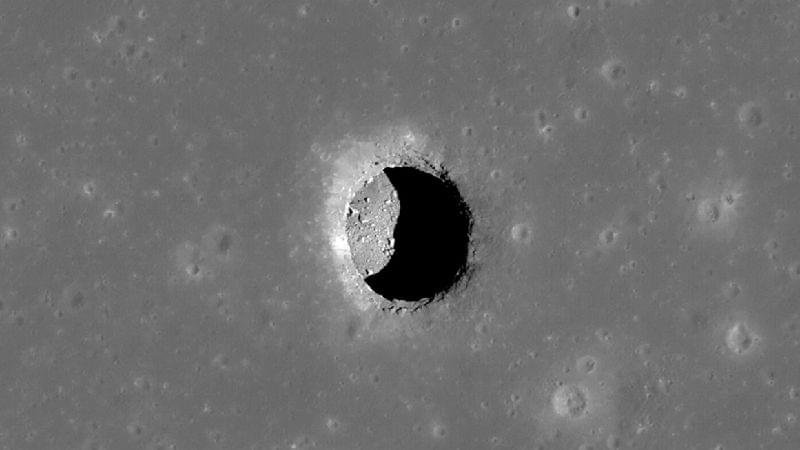
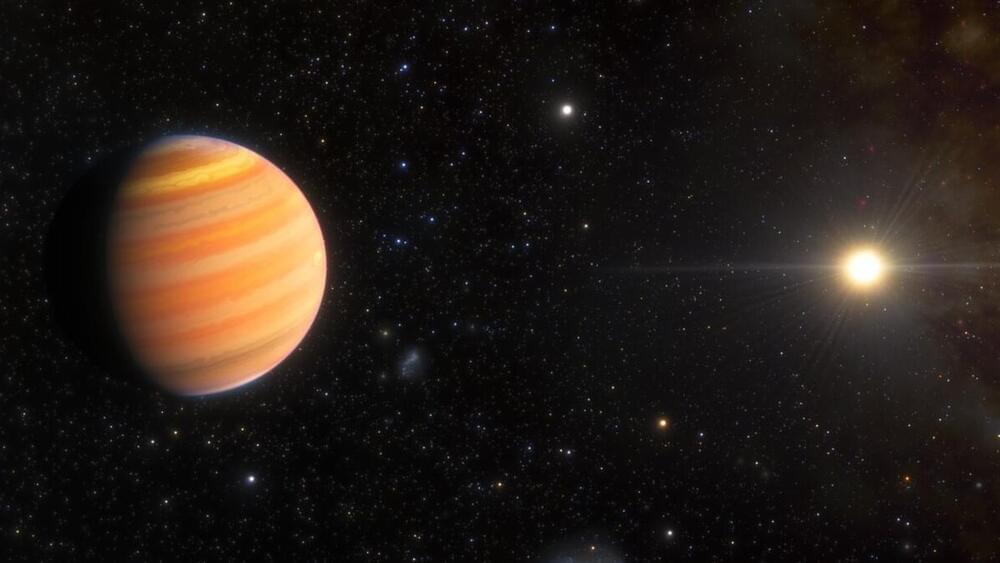
Exoplanet with weird orbit is transforming into a hot Jupiter before our eyes
“Astronomers have been searching for exoplanets that are likely precursors to hot Jupiters, or that are intermediate products of the migration process, for more than two decades, so I was very surprised — and excited — to find one,” team leader Arvind Gupta, a NOIRLab postdoctoral researcher, said in a statement. “It’s exactly what I was hoping to find.”
The scientists first used the NN-EXPLORE Exoplanet and Stellar Speckle Imager (NESSI) to remove “twinkling” patterns caused by Earth’s atmosphere, as well as reduce noise coming from other sources of light that could pollute the signal from the star TIC 241,249,530 as its planet transits its face.
Next, they measured the velocity of the exoplanet around the star using the NEID spectrograph to determine the star’s shift in light.
AI-powered drone wingmen to aid Europe’s 6th-gen combat jets
AI will enable drone wingmen to make autonomous decisions without centralized command.
According to Airbus, FCAS will be centered around a core Next Generation Weapon System (NGWS). In this “system of systems,” piloted New Generation Fighters will work together with Unmanned Remote Carriers – all connected to other systems in space, in the air, on the ground, at sea and in cyberspace via a data cloud called the “Combat Cloud.”
The FCAS is one more step towards the goal of achieving full collaborative combat by 2040, which can replace military systems like Rafale and Eurofighter.
Airbus says that an incremental roll-out of FCAS capabilities is planned by implementing initial situational awareness across platform capabilities in the mid-2020s.

The Role of Aromas in Astronaut Nutrition: Findings from ISS Simulation
“One of the long-term aims of the research is to make better tailored foods for astronauts, as well as other people who are in isolated environments, to increase their nutritional intake closer to 100%,” said Dr. Julia Low.
Does food smell and taste different to astronauts in space and what steps can be taken to mitigate this in the future? This is what a recent study published in the International Journal of Food Science & Technology as an international team of researchers investigated how food aromas could be altered to amplify food taste. This study holds the potential to help researchers improve diets for isolated individuals, specifically in space or nursing home residents.
For the study, the researchers analyzed food odor perception of vanilla, almond, and lemon among 54 participants between 18 to 39 years old in a neutral setting and a virtual reality (VR) simulation of the International Space Station (ISS) with a key trait being they had no history of vertigo or motion sickness. The participants were asked to rate the potency of the aromas in both settings to compare any differences between the two environments.

Strange Motion of Neutrons Proves Nature Is Fundamentally Bizarre
At the very smallest scales, our intuitive view of reality no longer applies. It’s almost as if physics is fundamentally indecisive, a truth that gets harder to ignore as we zoom in on the particles that pixelate our Univerrse.
In order to better understand it, physicists had to devise an entirely new framework to place it in, one based on probability over certainty. This is quantum theory, and it describes all sorts of phenomena, from entanglement to superposition.
Yet in spite of a century of experiments showing just how useful quantum theory is at explaining what we see, it’s hard to shake our ‘classical’ view of the Universe’s building blocks as reliable fixtures in time and space. Even Einstein was forced to ask his fellow physicist, “Do you really believe the Moon is not there when you are not looking at it?”
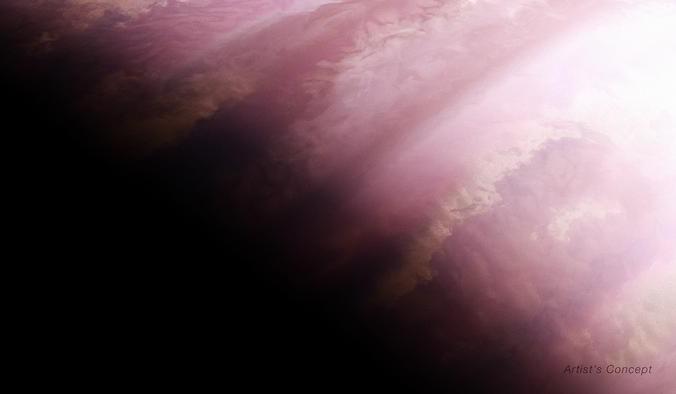
Day-Night Atmospheric Variations Detected on WASP-39 b by Webb
Could an exoplanet’s that is tidally locked to its parent star exhibit differences in atmospheric behavior at the boundary of its permanent dayside and permanent nightside, also known as the terminator? This is what a recent study published in Nature hopes to address as a team of international researchers investigated the unique atmosphere of WASP-39 b, whose radius is just under 1.3 times that of Jupiter, orbits in just 4.1 days, and is located just under 700 light-years from Earth. This study holds the potential to help scientists better understand the formation and evolution of exoplanet atmospheres, specifically once that are tidally locked to their parent star.
Artist’s rendition of WASP-39 b’s terminator. (Credit: NASA, ESA, CSA, R. Crawford (STScI))
“WASP-39 b has become a sort of benchmark planet in studying the atmosphere of exoplanets with Webb,” said Dr. Néstor Espinoza, who is an Assistant Astronomer and Mission Scientist for Exoplanet Science at the Space Telescope Science Institute (STScI) and lead author on the study. “It has an inflated, puffy atmosphere, so the signal coming from starlight filtered through the planet’s atmosphere is quite strong.”
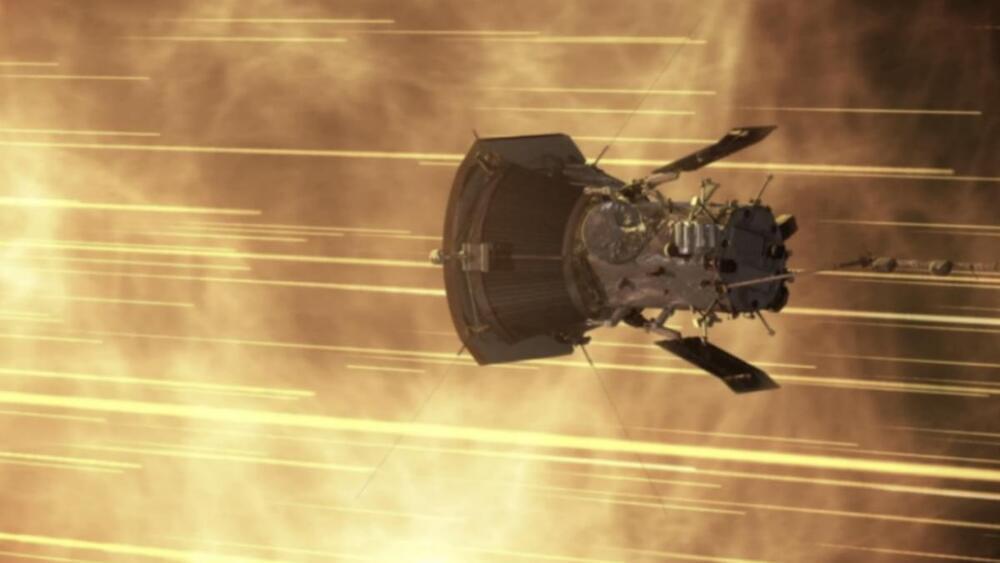
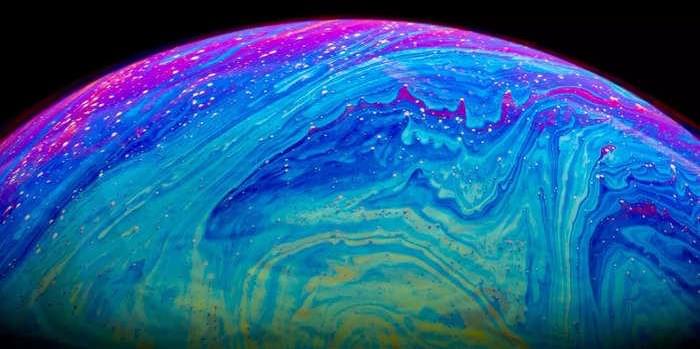
Using the Webb telescope, scientists may have found the ‘best bet’ for an ocean world outside our solar system!
Lead study author Charles Cadieux, a PhD student at the University of Montreal, remarked that among all known temperate exoplanets, LHS 1,140 b is possibly the most promising candidate for confirming liquid water on the surface of an alien world.
Approximately 10 to 20 percent of the exoplanet’s mass is estimated to be water. In stark contrast, Earth’s oceans account for a mere 0.02 percent of its mass. The state of this water, whether liquid or ice, hinges on the planet’s atmospheric composition, with gases like carbon dioxide playing a crucial role.
One encouraging factor is the planet’s gentle warming by its red dwarf star, which is only one-fifth the size of our Sun. This stellar relationship suggests that the exoplanet’s surface temperature is likely comparable to that of Earth and Mars.
